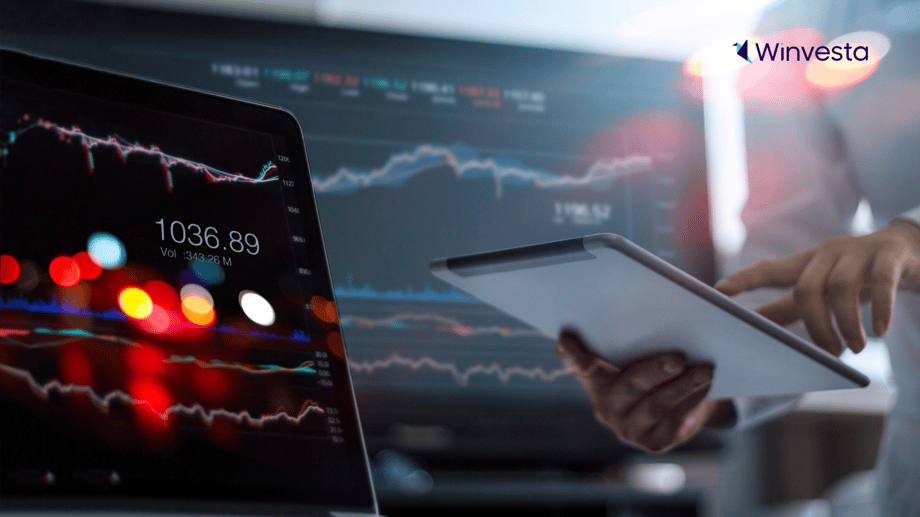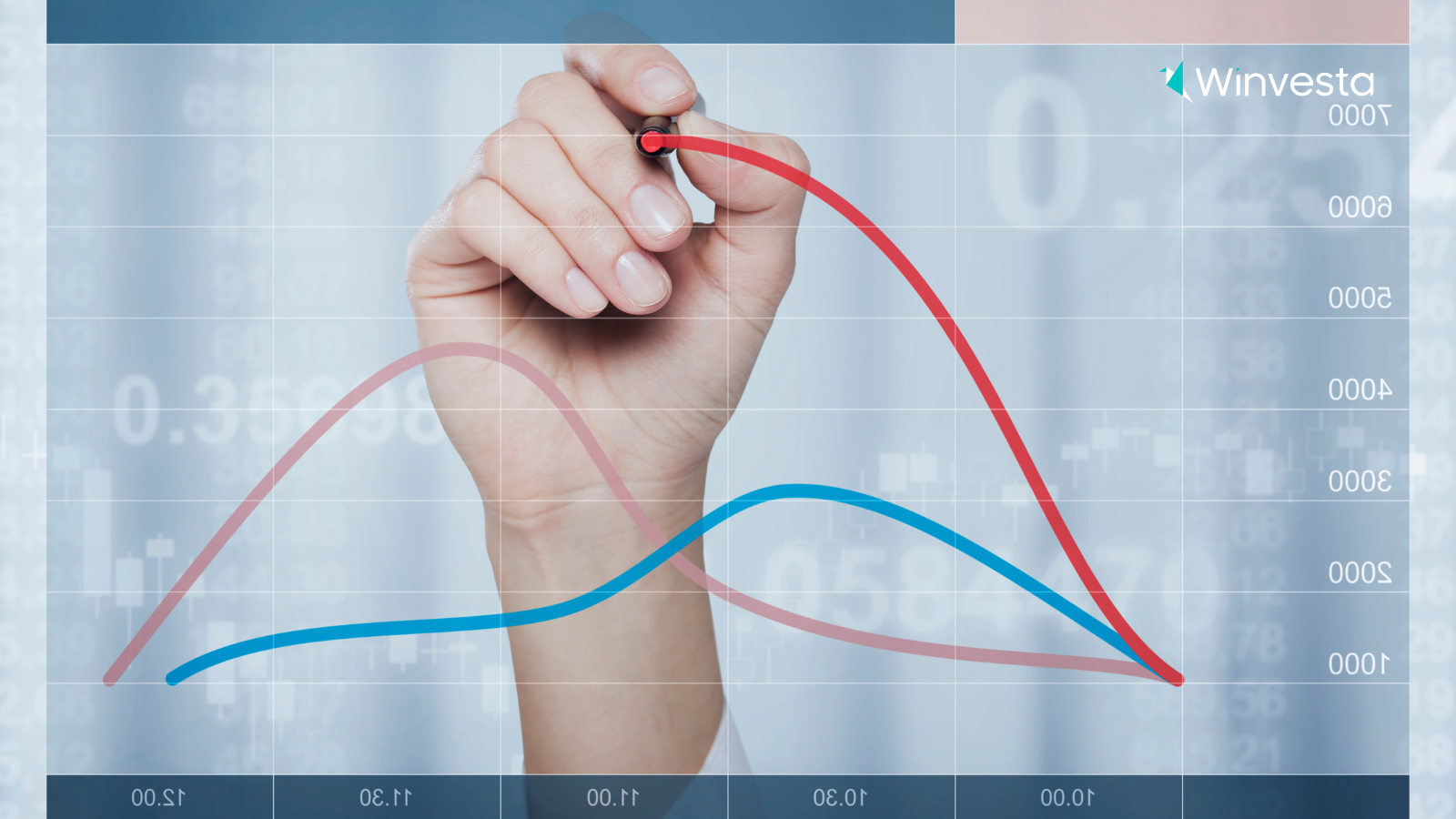Contents
How geopolitics and oil prices are shaking up the us market
2 minutes read
16 June 2025

It was a weekend that left traders glued to their screens and investors holding their breath. As the sun rose on Monday, Wall Street was still reeling from the shockwaves of a fresh escalation in the Middle East. The story unfolding is not just about missiles and military might—it's about how global tension can upend the world’s most powerful stock market, send oil prices soaring, and force every investor to rethink risk.
Conflict and consequences: The market’s knee-jerk reaction
On Friday, the world watched as Iran launched missiles at Israel, a direct response to Israeli strikes targeting Tehran’s nuclear and missile facilities. Explosions lit up the skies over Tel Aviv and Jerusalem, and the tension was palpable not just in the region, but across global markets. The Dow Jones Industrial Average tumbled 1.79%, the S&P 500 slid 1.13%, and the Nasdaq dropped 1.30%—a sharp sell-off that marked the worst day in weeks.
But the market’s reaction wasn’t just about fear. It was about recalibrating expectations. As Elias Haddad, senior markets strategist at Brown Brothers Harriman, put it: “It looks as though we could be in for a full-blown military conflict. If it ends up closing down the Strait of Hormuz, where a third of global oil supply goes through, this could have some pretty nasty effect on global markets.”
Oil prices wasted no time in responding. Brent crude surged nearly 7%, briefly touching levels last seen during previous Middle East flare-ups. Energy stocks like Exxon and Diamondback Energy rallied, while airlines took a nosedive on worries about rising fuel costs. Meanwhile, gold prices climbed as investors sought safety in traditional havens..png?width=1600&height=900&name=Us%20stocks%20(90).png)
The bigger picture: Rangebound markets and risk recalibration
While the immediate sell-off grabbed headlines, the bigger story is about what comes next. Markets had been riding high on hopes of steady earnings growth in 2025, but the latest volatility has exposed how quickly sentiment can shift. As one analyst from Fidelity noted, “There are real risks to the outlook which are not already priced into stocks. This puts a ceiling on how far the market can rally from here, while leaving us open to some downside risks.”
JP Morgan’s latest analysis echoed this caution, suggesting that while their base case keeps oil prices in the low-to-mid $60s, a severe escalation could send prices soaring to $120–$130 per barrel. That kind of spike would ripple through every sector—from energy to consumer goods—forcing companies and investors to adapt on the fly.
OPEC+ is also in the spotlight, with Saudi Energy Minister Abdulaziz bin Salman emphasising their “cautious approach to supply management” as they try to keep markets stable amid geopolitical risks. The recent 4.3 million barrel drawdown in US crude inventories only adds to the sense that the energy market is walking a tightrope.
For now, the consensus among experts is that the US market could remain rangebound, with sharp moves both up and down as headlines dictate the mood. The lower boundary for the S&P 500 might be defined by the April low of 4,835, while recent highs near 6,000 could prove hard to breach. As the Fidelity analyst summed up, “If I am right about this rangebound outlook, it suggests that the bull market that started in October 2022 may well have ended in February 2025, and that a new bear market may now be underway. That said, it might be a modest one.”
So, as Wall Street opens for another week, investors are bracing for more volatility. The interplay between geopolitics and oil is front and centre, and every headline could move the market. For now, caution is the order of the day—because in times like these, even the world’s biggest market can feel suddenly small.
Disclaimer: The views and recommendations made above are those of individual analysts or broking companies, and not of Winvesta. We advise investors to check with certified experts before making any investment decisions.



